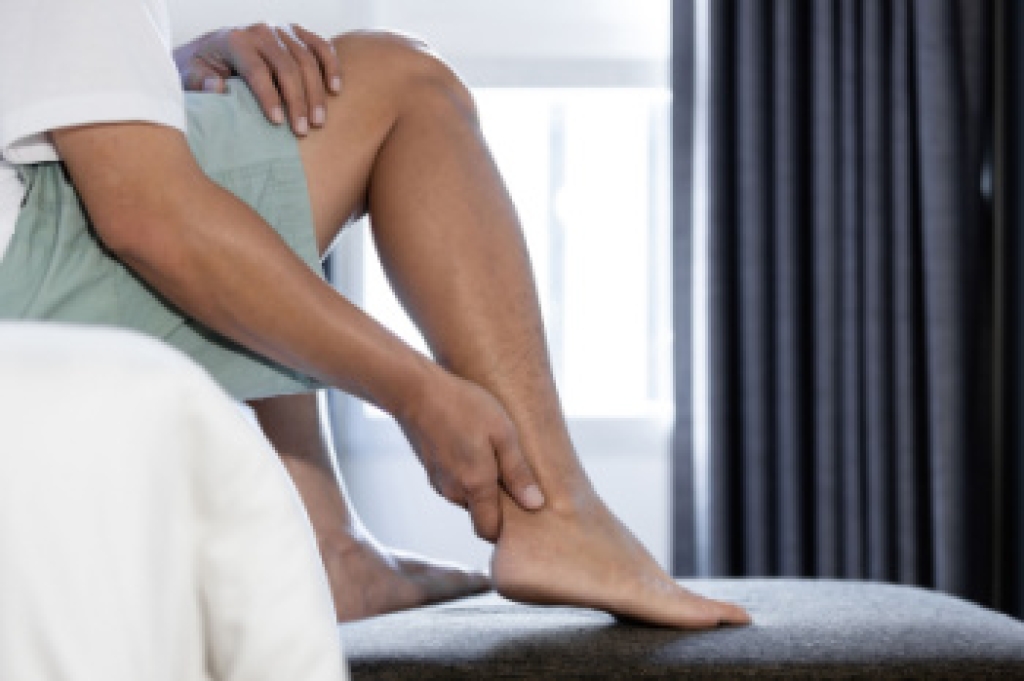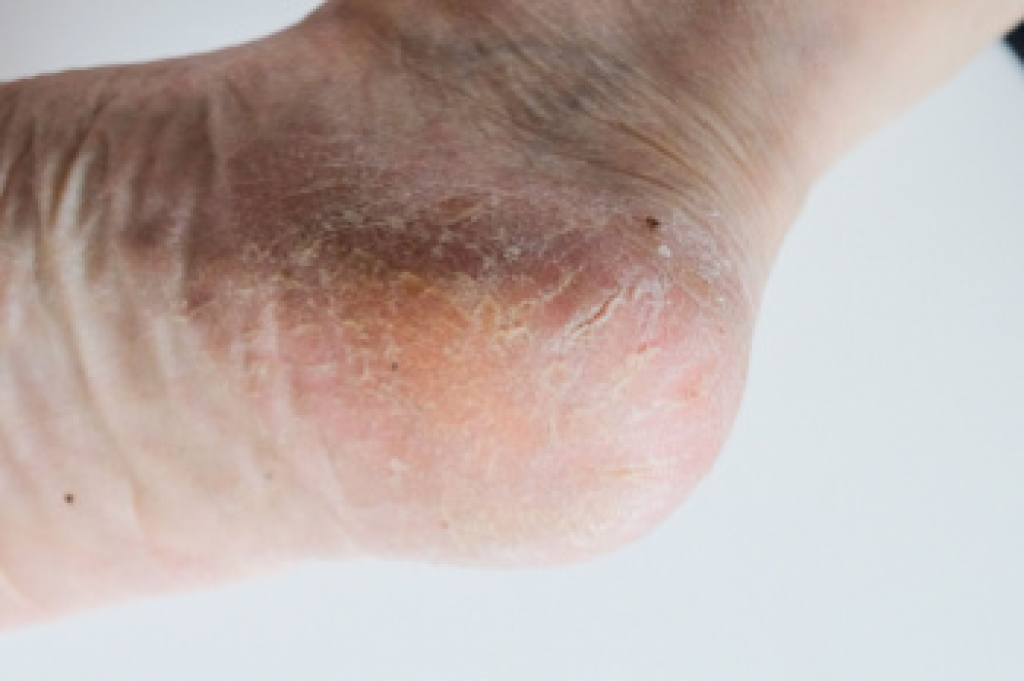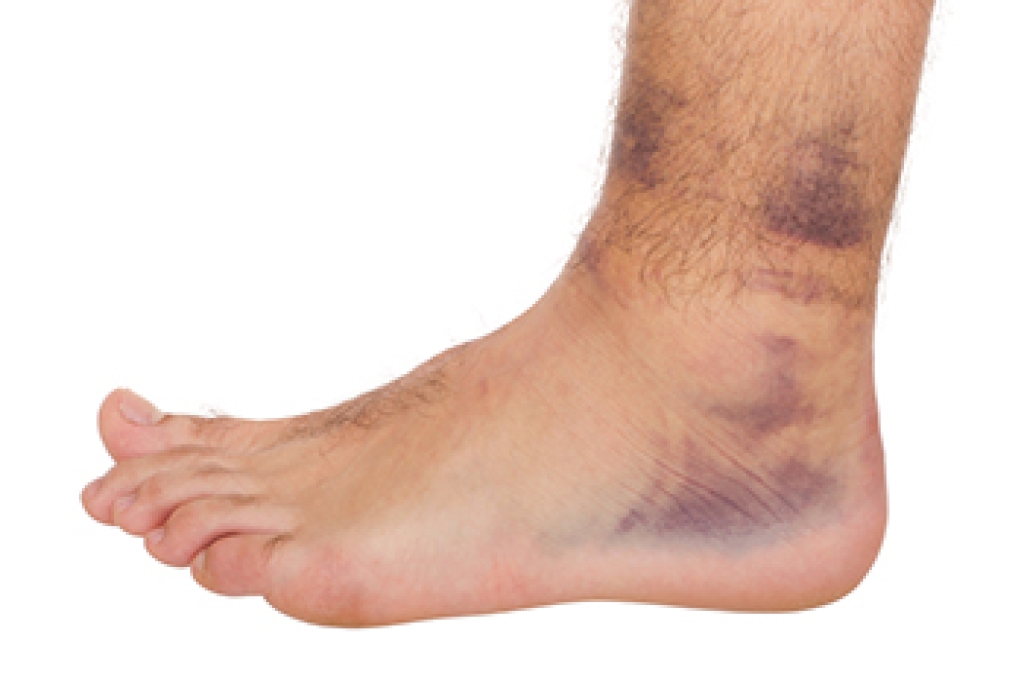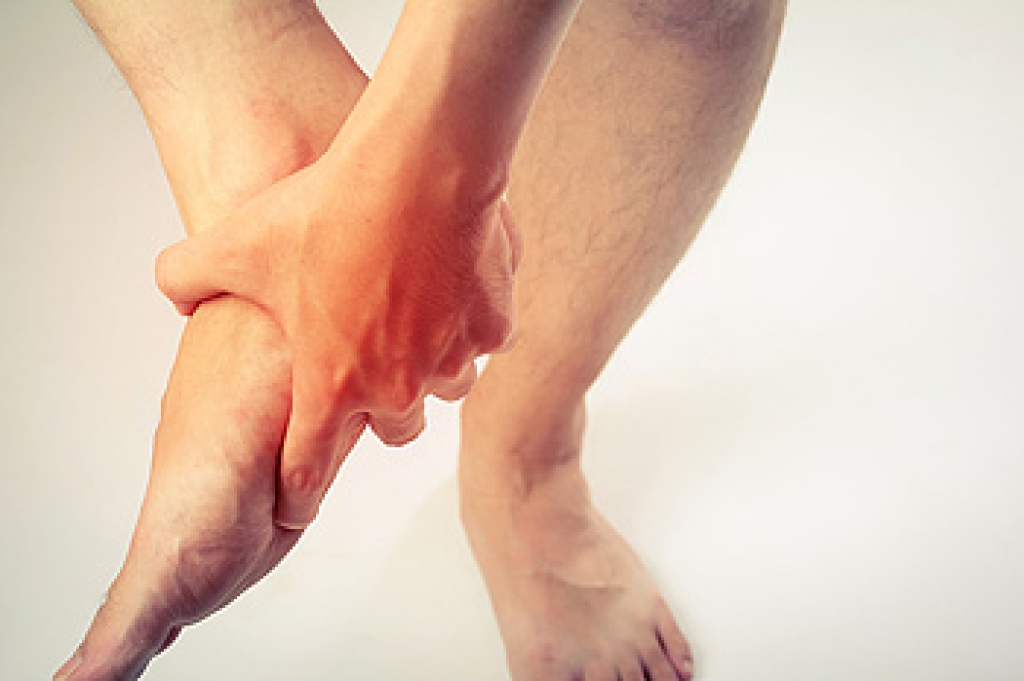
Achilles tendinopathy is a condition marked by pain, stiffness, and swelling in the Achilles tendon, often caused by repetitive strain or overuse. The Achilles tendon connects the calf muscles to the heel bone, and it plays a critical role in walking, running, and jumping. Achilles tendinopathy typically occurs when there is an increase in activity intensity, wearing improper footwear, or inadequate warm-ups. Individuals at higher risk include athletes, runners, and middle-aged adults who engage in sudden or intense physical activity. Treatment focuses on reducing pain and inflammation, in addition to strengthening the tendon. In some cases, orthotics or heel lifts are recommended to relieve stress on the tendon. With consistent podiatric treatment, most patients experience reduced symptoms and improved function, although recovery may take several months depending on the severity of the condition. If you are experiencing Achilles pain, it is suggested that you visit a podiatrist for a proper diagnosis and treatment.
Achilles tendon injuries need immediate attention to avoid future complications. If you have any concerns, contact Chuc Dang, DPM of California . Our doctor can provide the care you need to keep you pain-free and on your feet.
What Is the Achilles Tendon?
The Achilles tendon is a tendon that connects the lower leg muscles and calf to the heel of the foot. It is the strongest tendon in the human body and is essential for making movement possible. Because this tendon is such an integral part of the body, any injuries to it can create immense difficulties and should immediately be presented to a doctor.
What Are the Symptoms of an Achilles Tendon Injury?
There are various types of injuries that can affect the Achilles tendon. The two most common injuries are Achilles tendinitis and ruptures of the tendon.
Achilles Tendinitis Symptoms
- Inflammation
- Dull to severe pain
- Increased blood flow to the tendon
- Thickening of the tendon
Rupture Symptoms
- Extreme pain and swelling in the foot
- Total immobility
Treatment and Prevention
Achilles tendon injuries are diagnosed by a thorough physical evaluation, which can include an MRI. Treatment involves rest, physical therapy, and in some cases, surgery. However, various preventative measures can be taken to avoid these injuries, such as:
- Thorough stretching of the tendon before and after exercise
- Strengthening exercises like calf raises, squats, leg curls, leg extensions, leg raises, lunges, and leg presses
If you have any questions please feel free to contact our office located in Westminster, CA . We offer the newest diagnostic tools and technology to treat your foot and ankle needs.



